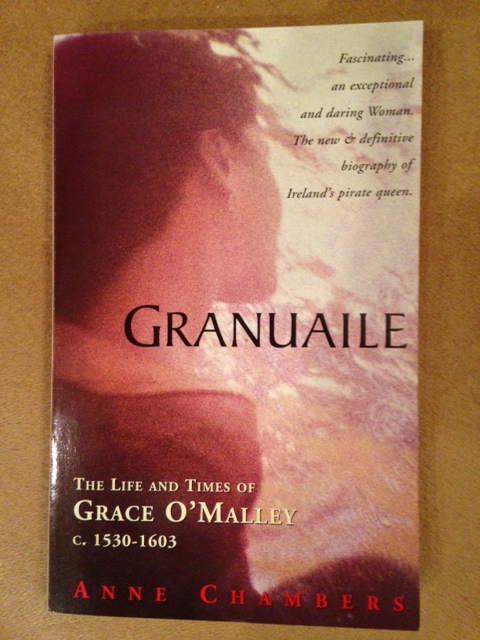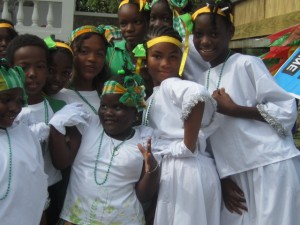Parading in green hot pants
/"Hot pants" were truly the hot fashion thing a few decades back, and as I recall they did not come in green. Unfortunately, we needed green ones for St. Patrick's Day. My sister and I were still in high school when my father launched his "Hibernian Social and Marching Club" in Jacksonville, Fla. Gayle and I were to carry a huge banner ahead of our grand master father who would hold his shillelagh high. We searched all over town but could not find green hotpants. The best alternative was to buy white ones and dye them. We had to pull out my other sister's big K-mart soup pot, the one we'd used to tie-dye all of our t-shirts, and start the process with those cakes of Rit green dye.
And what a soup it was, the darkest emerald green you could imagine, and I was excited about the color we'd wear. We'd followed all the directions, hadn't we? But when we were done with the rinsing, those hot pants were no greener than a stick of spearmint gum.
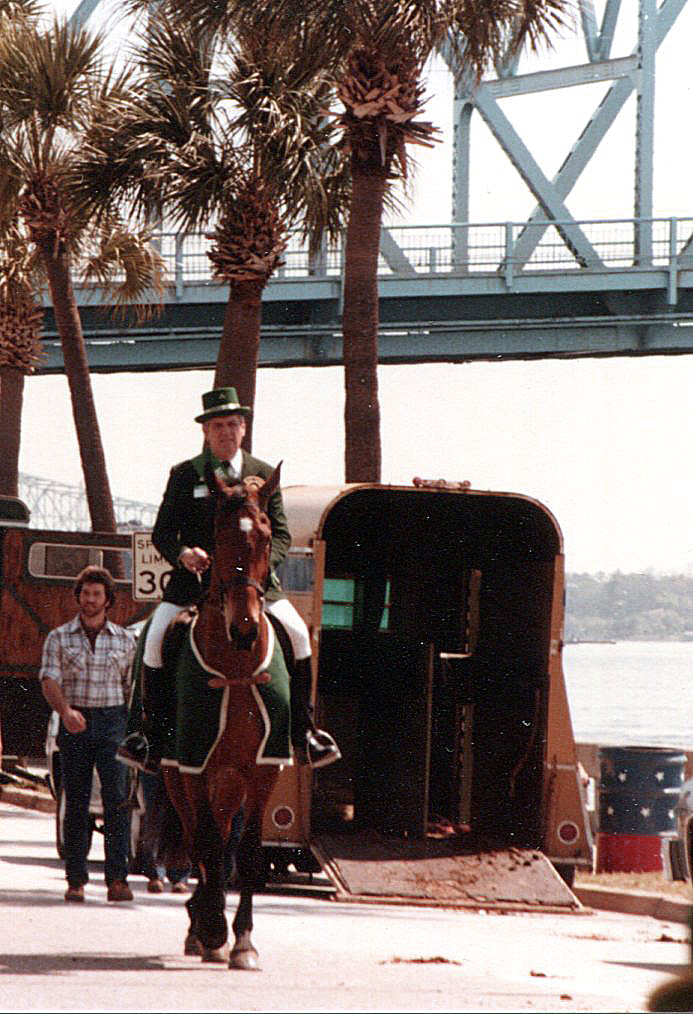
Oh well, green is green and we had no more time to make them darker. Somehow we have lost that precious photo of us carrying the banner and wearing our halter tops, hot pants and knee-high boots. But the memory remains clear.
My father and his cohorts began the day early with a few libations. Could have been Irish coffee, but I suspect it was shots of Irish whiskey. Tullamore Dew was one of his favorites.
Through my research, I've since learned the origins of this drink. Back in the 17th century the Irish called it "uisce beatha," pronounced “ish-ke-ba-ha,” which the English then wrote as "usquebagh." The word whisky (no e) was an anglicization of the pronunciation of uisce beatha which means "water of life" in English.
The parade involved Irish horses, Irish marching
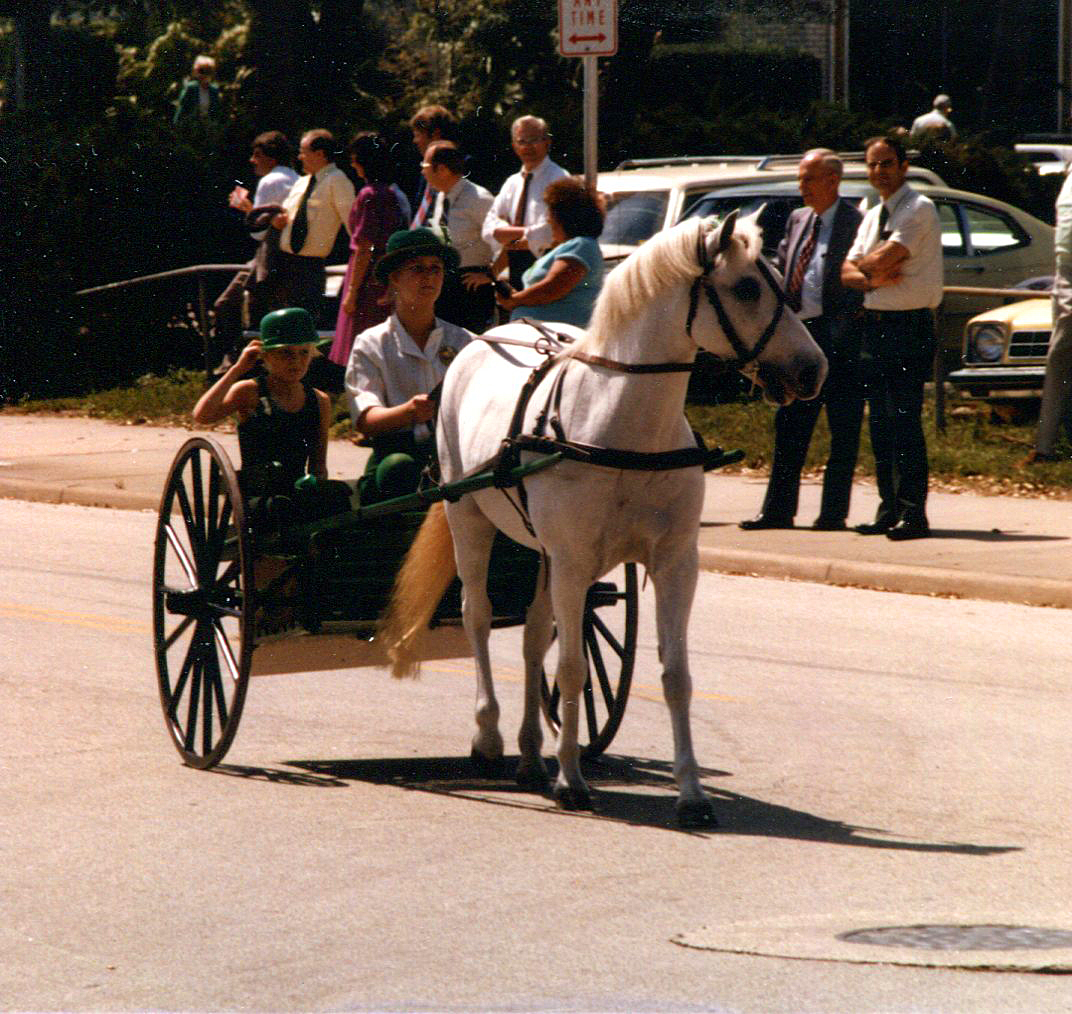
bands, my two nieces driving a buggy with a pony named January, and some strange fellow dressed in green who painted the a crazy, meandering green line all along the parade route.
To my knowledge, the Hibernian Social and Marching Club exists only in name today, but it was a proud day when it marched, wasn't it?
March 17th is truly a celebration of life. It is the official death date for St Patrick (AD 385 - 461). It became a Christian feast day in the early 17th century--yet another thing that started in that wildly important period.
Originally intended to celebrate the arrival of Christianity in Ireland, St. Patricks Day has happily evolved to celebrate the heritage and culture of all things Irish.
Sláinte mhaith! (“Slawn-cha wah,” an Irish toast to good health.)
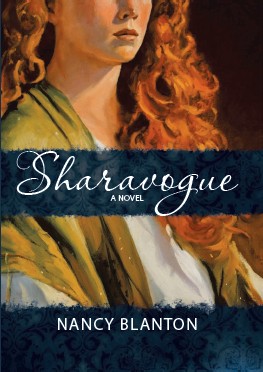 And for those who love Irish history as I do, you might enjoy Sharavogue, an award-winning novel of 17th century Ireland and the West Indies. Watch for the prequel coming out summer 2016!
And for those who love Irish history as I do, you might enjoy Sharavogue, an award-winning novel of 17th century Ireland and the West Indies. Watch for the prequel coming out summer 2016!
Makes a great St. Patrick's Day gift, too!





